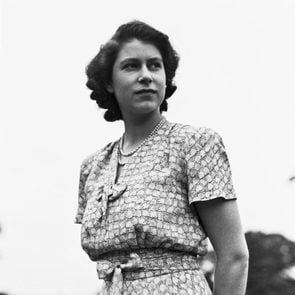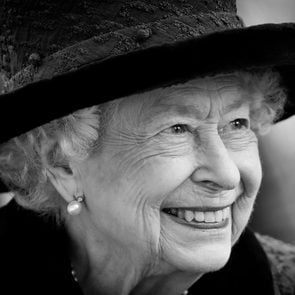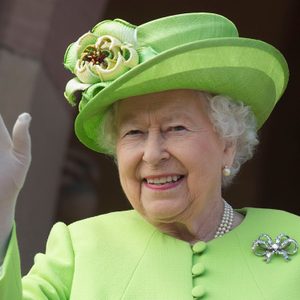Why Did Queen Elizabeth II Own So Many Corgis—and Where Are They Now?
Updated: Sep. 11, 2023
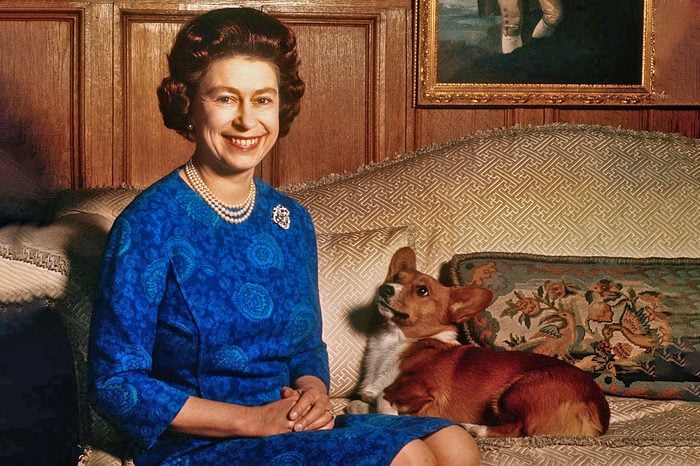
The queen loved her corgis so much, she even called them "family." Here’s why she had such an affinity for the breed, and who cares for her dogs today.
Dogs have always been trusted companions for members up and down the British royal family tree, from Charles I’s spaniels to Queen Victoria’s beloved dog, Dash. Yet the longest-reigning British monarch, Queen Elizabeth II, outdid them all, breeding 14 generations of corgis during her lifetime. But why was she so enamored with corgis? And what happened to them after her death—did they become King Charles III’s dogs and stay at Buckingham Palace? We found out everything you need to know about Queen Elizabeth’s corgis, including how many she raised, why she had a soft spot for the breed and where they are now, one year after her passing.
Get Reader’s Digest’s Read Up newsletter for more royals, humor, cleaning, travel, tech and fun facts all week long.
How many corgis did Queen Elizabeth II own?
Queen Elizabeth was always fond of her corgis. However, few people know just how many the queen owned over the course of her lifetime. It is estimated that she raised more than 30 corgis over her 70 years as Britain’s monarch. According to royal confidantes, the queen preferred corgis to other dog breeds because of their energy and untamed spirit. If you’re a fan of The Crown, you’ve probably seen Olivia Colman as Elizabeth II with this favored breed on the show.
Why did Queen Elizabeth II always have corgis?
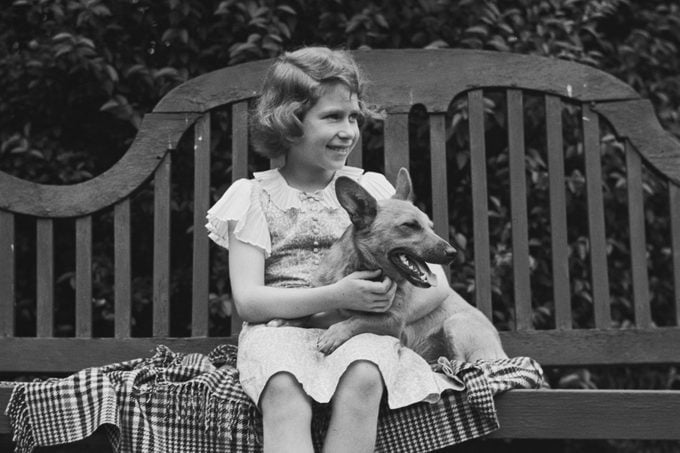
The unbreakable bond between Elizabeth and her corgis began when the queen’s parents welcomed the royal family’s first corgi, named Dookie, in 1933. In 1944, Queen Elizabeth’s father gave her a corgi named Susan for her 18th birthday. After tagging along on Elizabeth’s honeymoon, Susan gave birth to a pair of puppies in 1949. Thus began the line of royal corgis, which the queen herself engineered and which lasted for at least 14 generations of dogs.
Queen Elizabeth’s corgis have been her canine companions of choice ever since. At one point, she owned nine corgis simultaneously. Her corgis slept in their own room and ate food prepared by a personal gourmet chef. Aside from the endless amounts of love and affection she felt for (and received from!) them, there was also a more practical reason to keep her corgis around. They provided a way for the queen, like any dog owner, to find common ground with strangers by talking about their pups. Plus, the daily walks and feedings offered a comforting routine for her. Take a look at these adorable corgi pictures and you just may fall in love with the breed too.
Did Queen Elizabeth II still have corgis when she passed away?
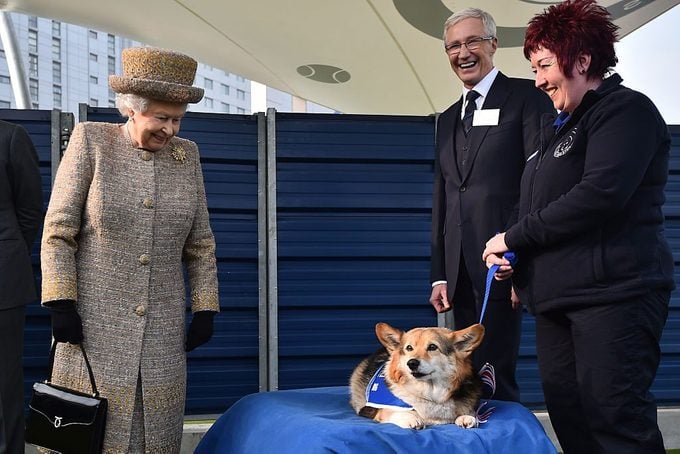
In recent years, Buckingham Palace no longer echoed with the chirps and barks of the Queen Elizabeth corgis. The last surviving member of the royal corgi family, Willow, died of cancer in April 2018. Whisper, a corgi the queen inherited from a former staff member, passed away in October of the same year. After the last two of Queen Elizabeth’s corgis, Holly and Willow, were born, the queen stopped breeding them because she didn’t want to leave any of them behind when she died.
But that didn’t mean Queen Elizabeth’s corgi obsession—or ownership—came to an end. In her final years, she still had a few furry friends roaming around the palace grounds. She owned two other corgis, Muick (pronounced Mick) and Sandy, as well as a cocker spaniel named Lissy and a dorgi named Candy. What’s a dorgi? It’s a dachshund and corgi mix that Queen Elizabeth II herself is often credited with creating a few decades ago. Prince Andrew gave Muick to his mother during the pandemic to keep her company, while Sandy was a gift for her 95th birthday from Andrew, Eugenie and Beatrice.
What happened to Queen Elizabeth’s corgis after her death?
View this post on Instagram
Don’t worry—the royal pups are well taken care of, but they haven’t remained in Buckingham Palace. Prince Andrew and his ex-wife, Sarah Ferguson, who still live together, now look after the corgis, Muick and Sandy, at their sprawling country estate, Royal Lodge, in Windsor. Despite her divorce from Andrew, the Duchess of York maintained a close friendship with the queen, and they often walked their dogs together.
A few months after Elizabeth’s death, the Duchess of York called it a “big honor” to have inherited the dogs and revealed how they were adjusting to life without the queen. “I think they are exceptional, and they’re just very funny,” she told E! News. “I think, I’m sure, when they’re chasing the air, I think they’re looking at her. That’s what I like to think. The squirrels are not in sight, but they’re still barking at something, so I think it might be her.”
And on September 8, 2023, the one-year anniversary of the queen’s passing, Ferguson shared an update about the corgis on her social media channels. Showing a picture of herself playing with the pups outside, she wrote, “As we mourn a year on, we also celebrate the wonderful times we shared with Her Late Majesty the Queen. She entrusted me with the care of her corgis Sandy and Muick and I am delighted to say they are thriving.”
What about Candy and Lissy? Candy reportedly passed away a few months before the queen’s death, and it remains unclear who is caring for Lissy, though according to some reports, Lissy’s trainer, Ian Openshaw, took her in.
Next, check out the other royal dogs in the kingdom, from Prince William’s cocker spaniel to Prince Harry’s beagles.
Sources:
- Royal.uk: “Royal Dogs”
- BBC: “Corgis: The royal family in danger of dying out”
- Vanity Fair: “Queen Elizabeth and Her Corgis: A Love Story”
- E! News: “How Queen Elizabeth’s Corgis Are Still Living Like Royalty”

